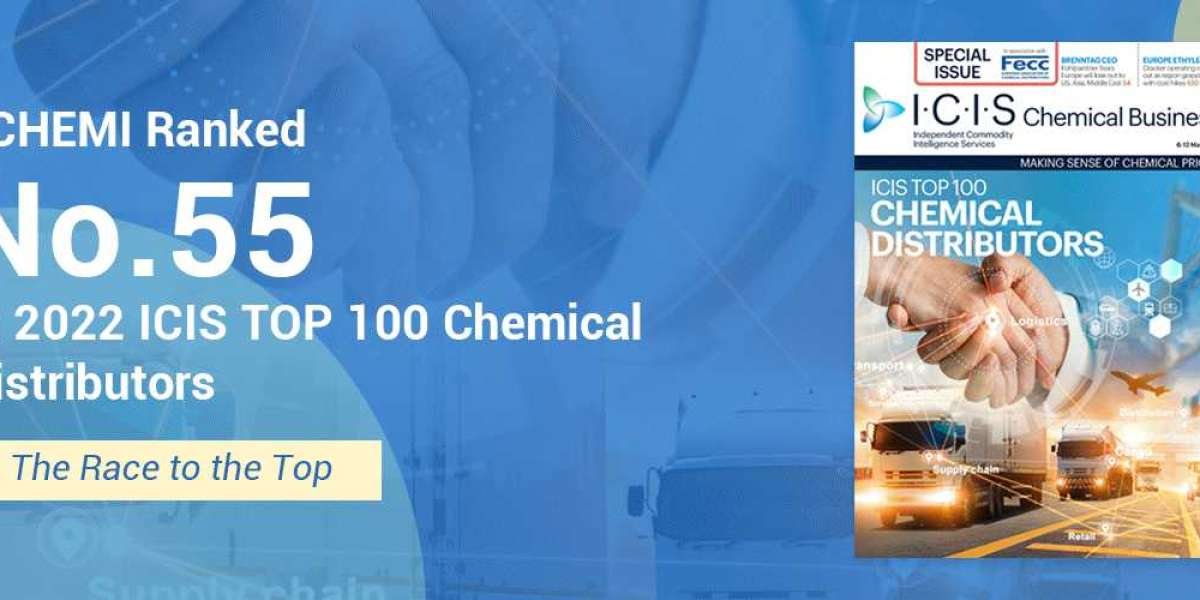Growth in fossil chemical is projected to slow to 1% per year, while materials made from sustainable feedstocks 18 are projected to grow by approximately 11% per year until 2040, accounting for more than 30% of total polymer demand by 2040 (chart 5). National regulations and consumer brand commitments, such as the National Agreement for Mexico's New Plastic Economy, can stimulate growth and support further investment.
Mexico, as an early adopter and regional leader in the recovery rate of mechanical PET recycling, has the potential to expand to other polymers. Investment in mechanical recycling capacity for high-density polyethylene (HDPE), low-density polyethylene (LDPE), polypropylene (PP), and polystyrene (PS) can increase the supply of recycled content for domestic and export markets, especially in non-food applications. Advanced recycling (such as pyrolysis and methanolysis) offers the opportunity to treat plastics and packaging forms that are more difficult to recycle and produce content approved for use in food contact. Large international producers in Mexico have access to recycled raw materials and large-scale chemical recycling technologies through their global partnerships and alliances.
The Impact of the energy transition on Decarbonization
Chemicals play a key role in the energy transition. Products made from chemical have less impact on greenhouse gas emissions than materials such as glass and aluminum. They are also the basis for electric vehicles, renewable equipment, and green building materials. Through its Intended Nationally Determined Contribution (NDC), Mexico has committed to unconditionally reducing emissions by 22% below normal by 2030
ECHEMI --- The name originated from the abbreviation of “E-commerce of chemical”.








